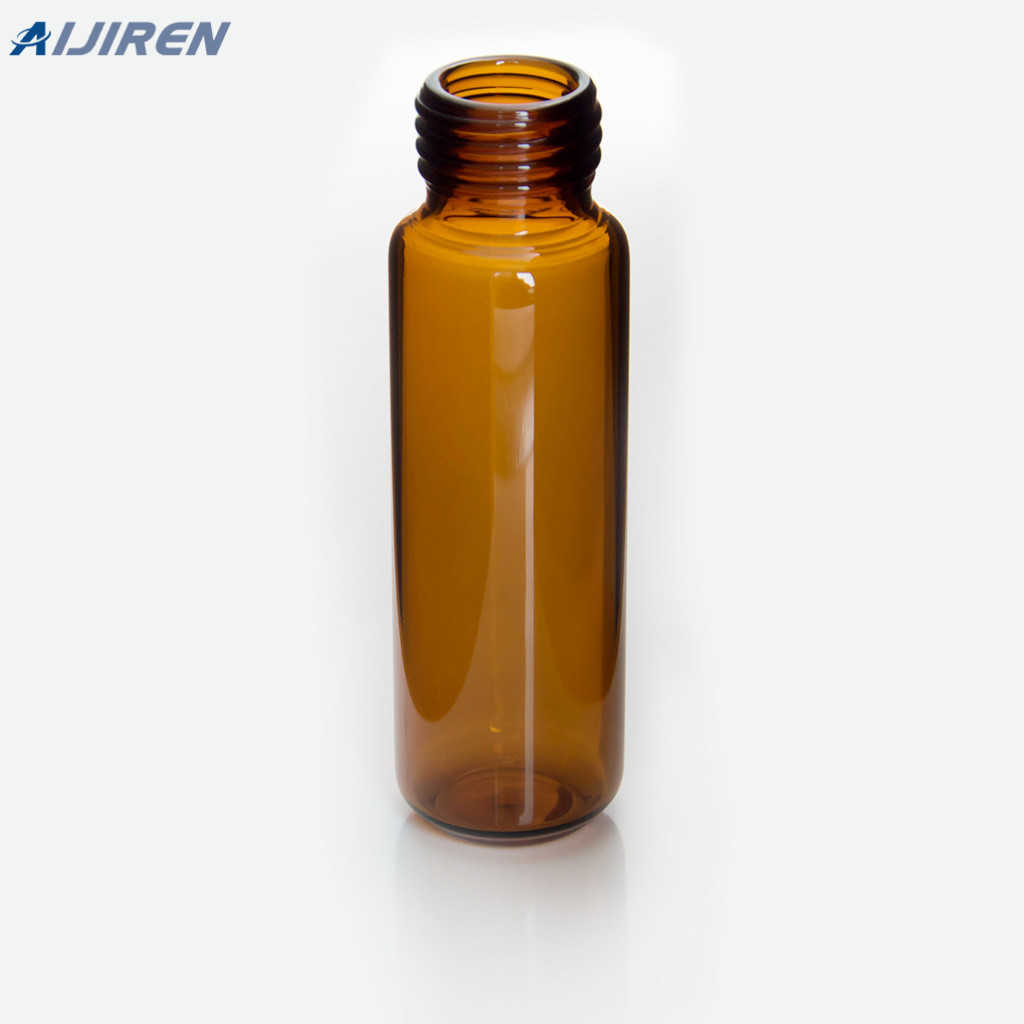
网页Ultrafiltration is a separation process using membranes with pore sizes in the range of 0.1 to 0.001 micron. Typically, ultrafiltration will remove high molecular-weight substances, colloidal materials, and organic and inorganic polymeric molecules. Low molecular-weight organics and ions such as sodium, calcium, magnesium chloride, and sulfate

网页2021/02/10 · Drinking water treatment plants (DWTPs) are thought to be able to remove many micropollutants including nanoplastics (NPs) and microplastics (MPs). However, few studies have focused on the water treatment process itself producing NPs and/or MPs. This paper discussed the possibility of releasing NPs
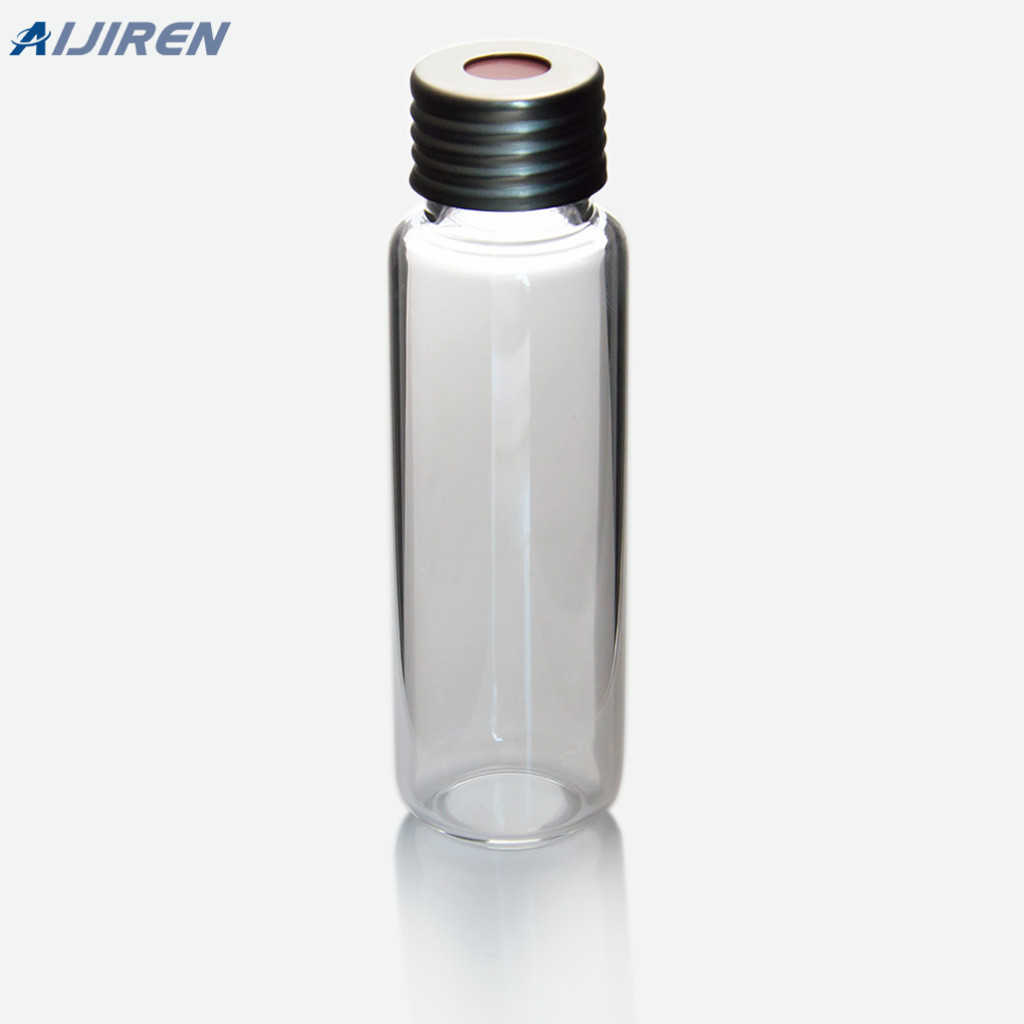
网页2022/05/26 · The Membrane Filter (MF) Technique was introduced in the late 1950s as an alternative to the Most Probable Number (MPN) procedure for microbiological analysis of water samples. It involves the use of membrane filters, which are thin porous sheet structures composed of cellulose esters or similar polymeric materials.

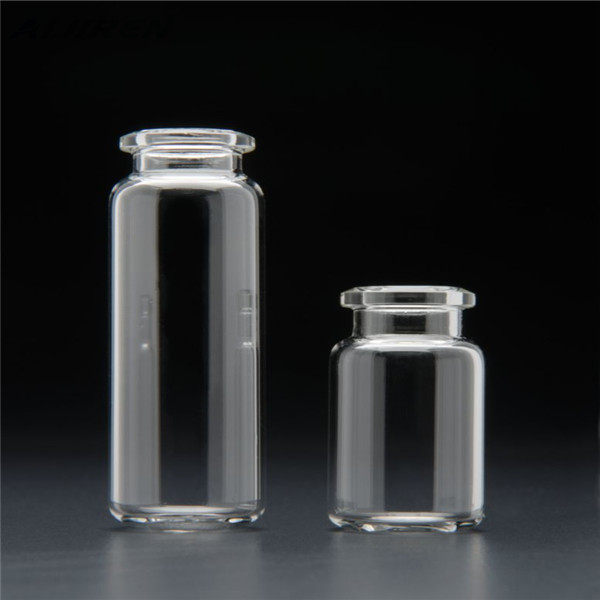
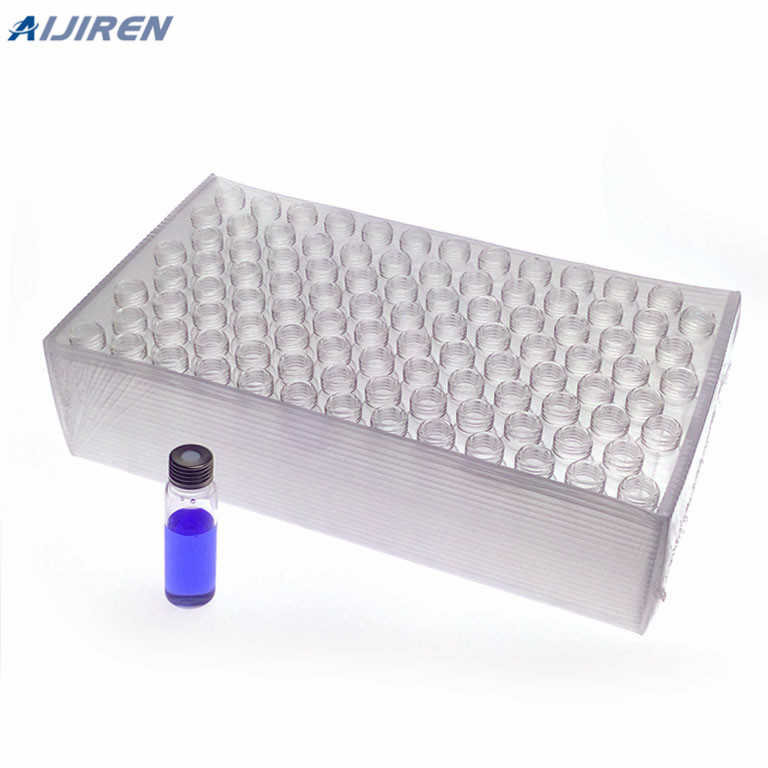

网页2010/11/01 · There are two types of membrane filtration technology for water and wastewater treatment, namely ultrafiltration (UF) and microfiltration (MF). UF has pores of 0.01 – 0.02 μm, while MF for water treatment has pores of 0.04 – 0.10 μm. In wastewater applications, coarser MF pore sizes of 0.2 and 0.4 μm can be used, but the finer MF
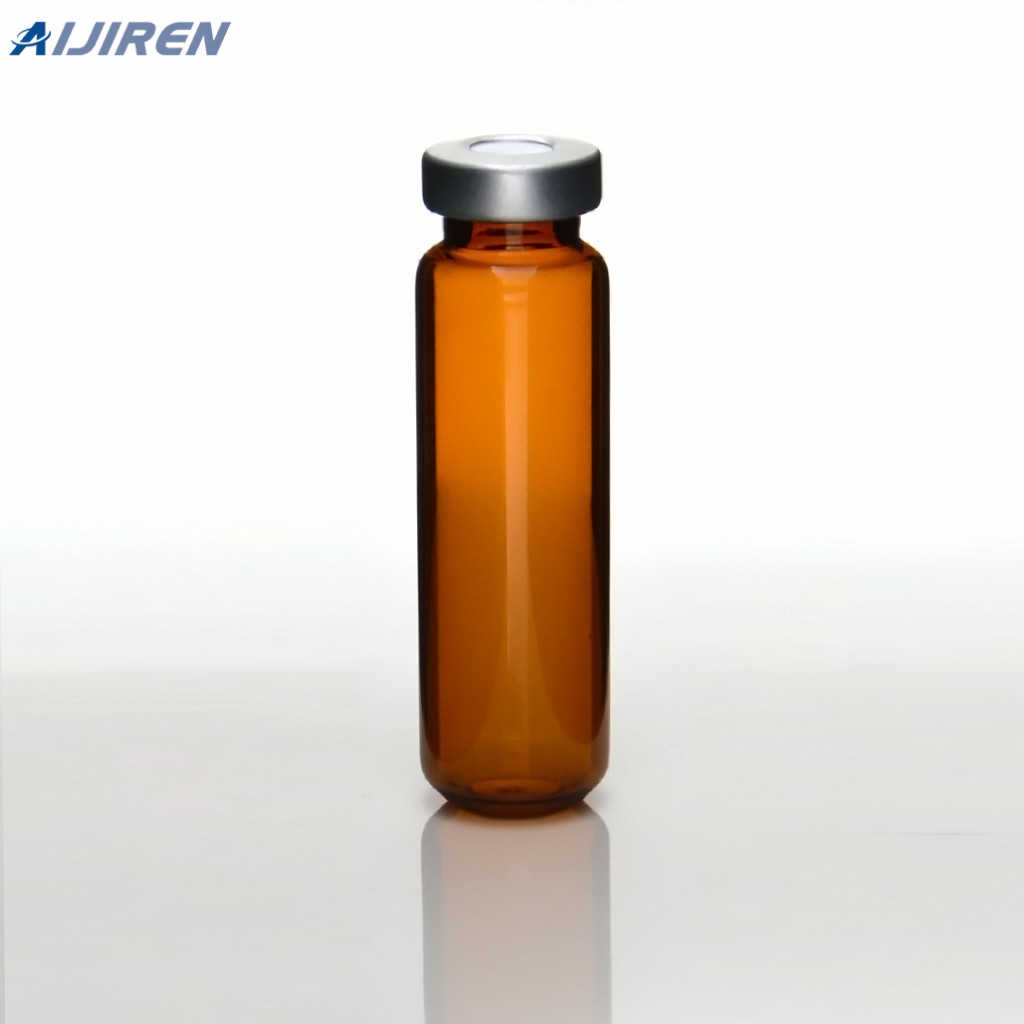


网页2018/09/28 · The polymers are used as the membrane active layer and porous support in reverse osmosis (RO), nanofiltration (NF), ultrafiltration (UF), microfiltration (MF) processes. However, the application of polymers for filtration suffers critical drawbacks, such as the chemical attack of polymers, membrane fouling, and hydrophobicity of most polymers.
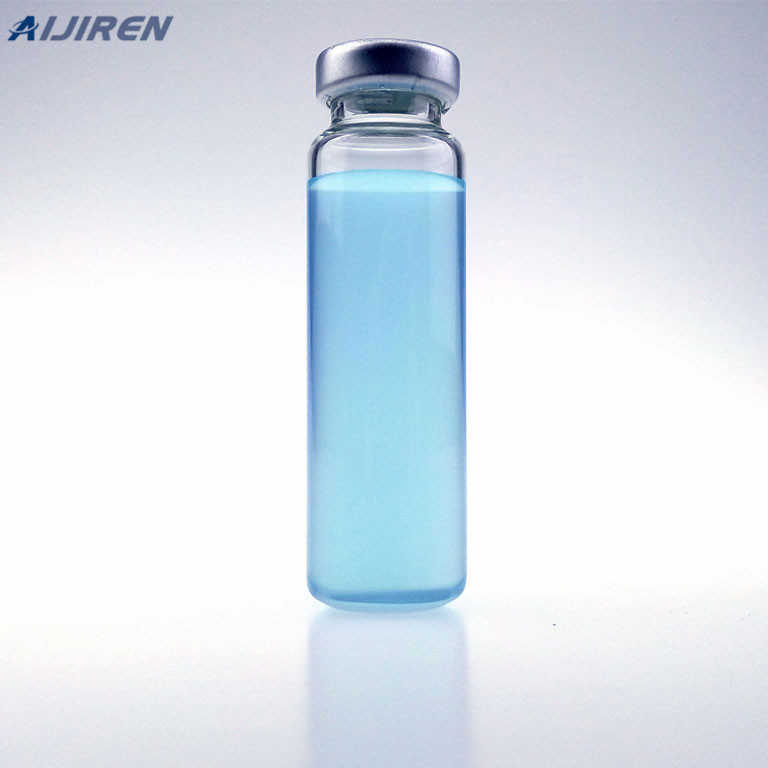
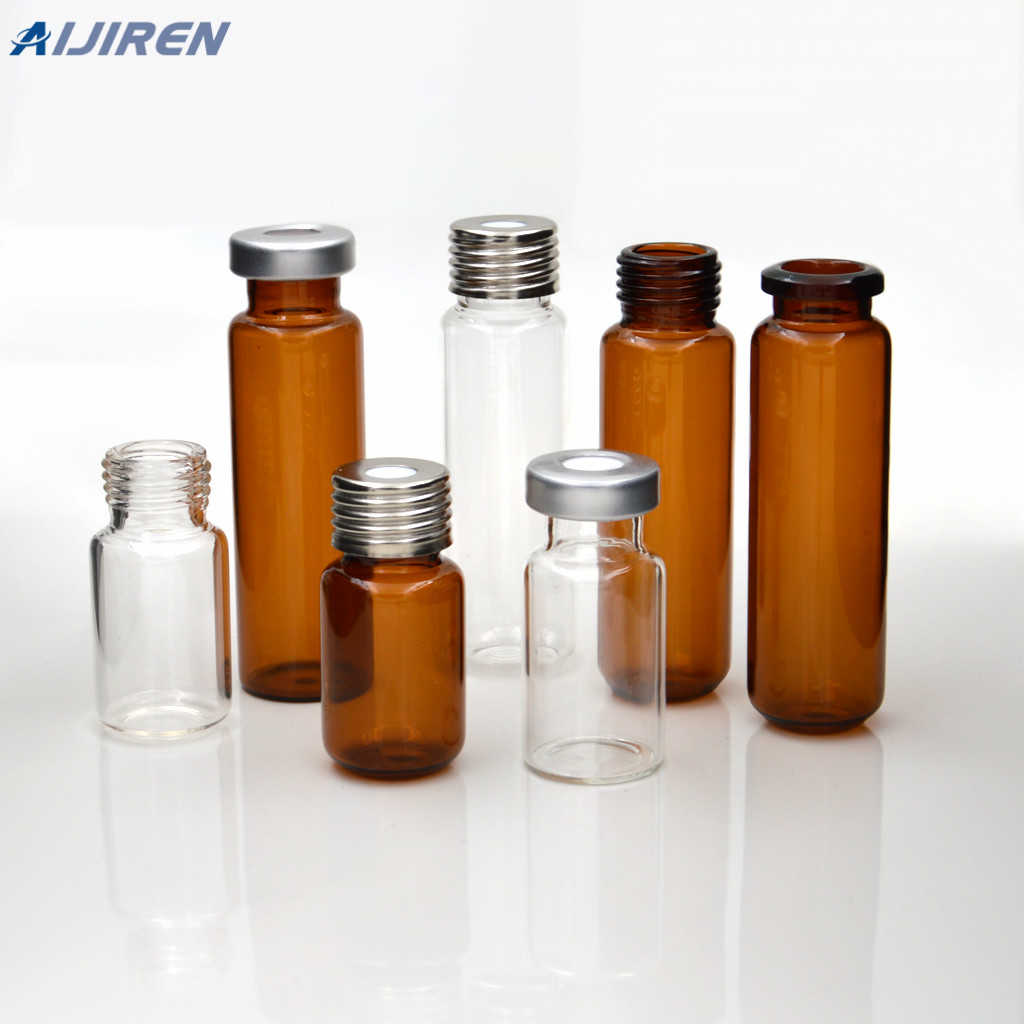


网页With nanofiltration or reverse osmosis, clear water can be treated to drinking water quality. Another advantage of the MBR process is the possibility to operate the activated sludge tank with 2 to 3 times higher activated sludge concentrations compared to conventional activated sludge processes without membrane technology.
